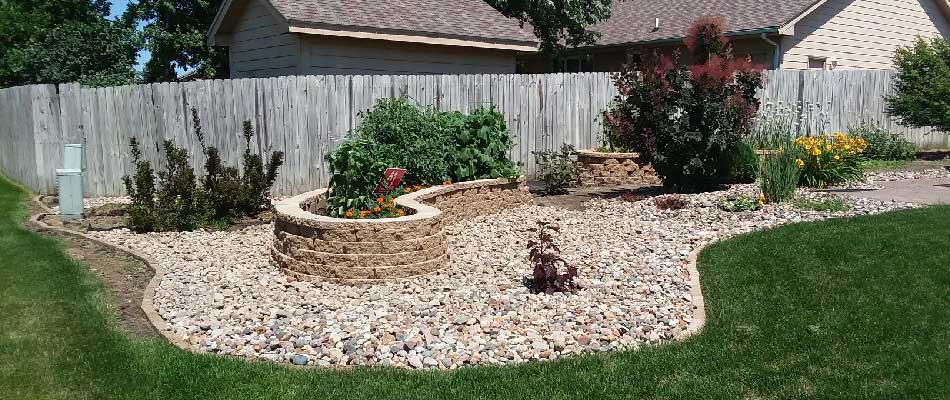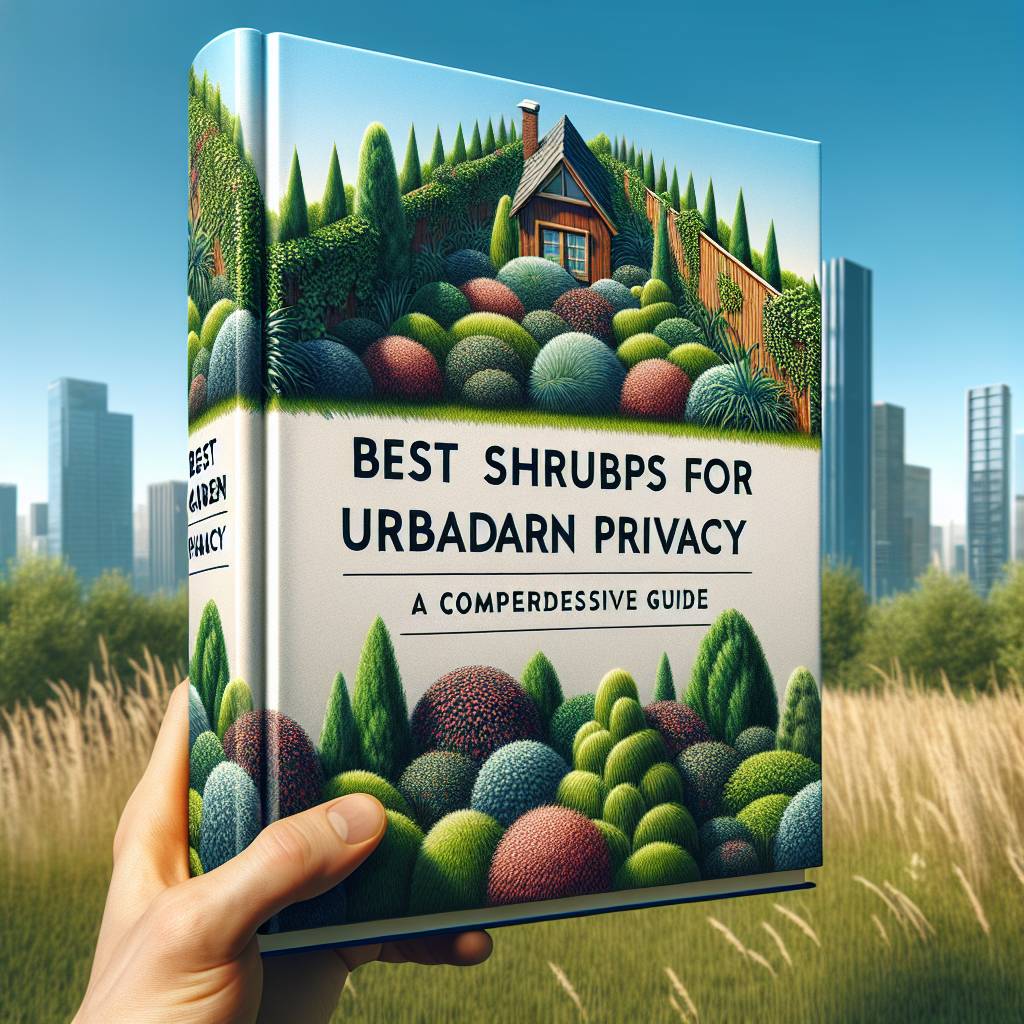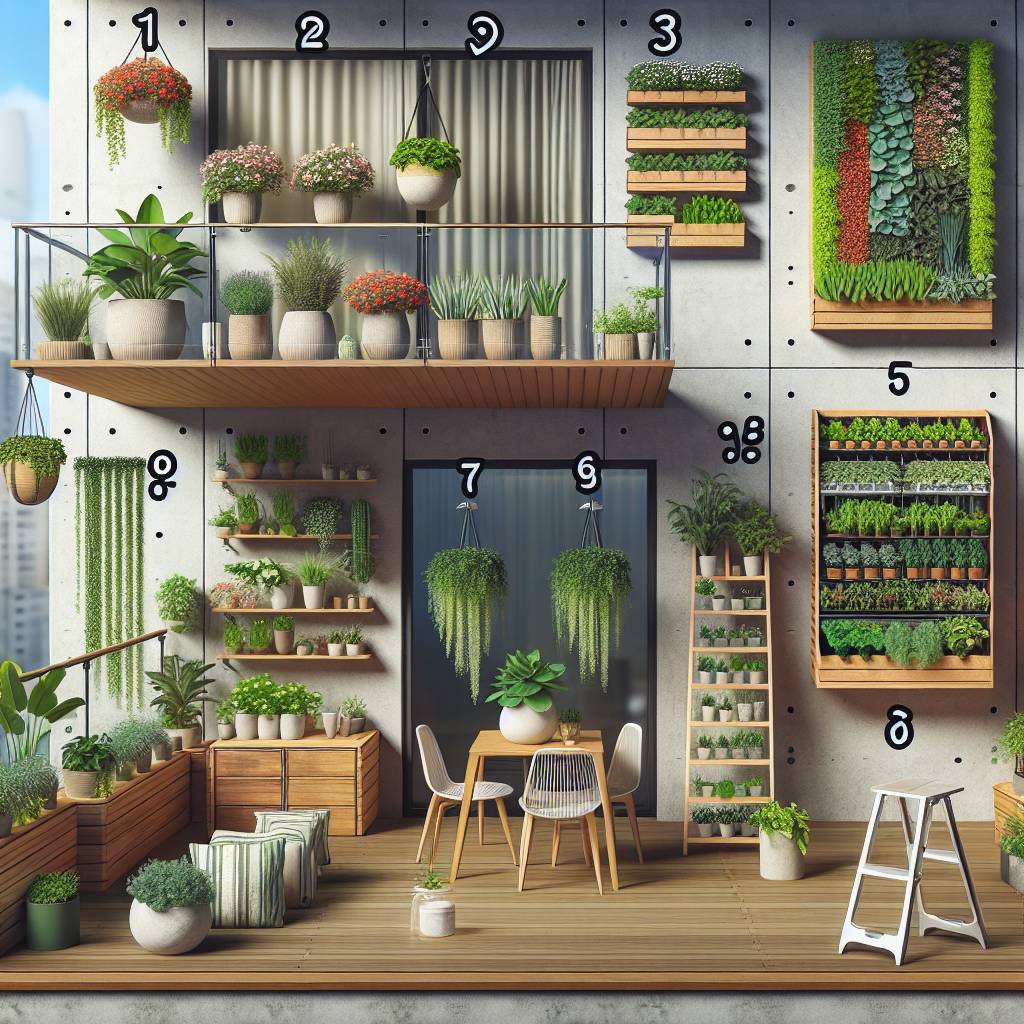Do you look out across your lawn and see a sea of untapped gardening potential? If you’d love to take on more landscaping projects but are unsure of where to start, don’t worry — you’re in luck! It takes a good plan, a few simple tools, some elbow grease, and desire. To help, we’ve compiled the following guide to help anyone turn the landscape they have into the future garden of their dreams. With the right tools and knowledge, you’ll soon be turning your outdoor area into a personal oasis.
Think of a Master Plan
Before any spades hit the dirt, it is essential to develop a solid plan for the space. The planning will require specific knowledge of your area – like sun exposure and soil quality.
While it may be nice to work with a landscape architect at this point, most homeowners won’t find this necessary – as their projects are often humbler. Professional services expenses can quickly add to the budget – even with small tasks. Be sure to brush up on the differences between a landscape designer and a landscape architect if you haven’t already. Knowing the difference could help you save by picking the right professional.
When designing your plan, balance your space’s needs with your wants. You may not be able to fit everything you want in your given landscape (plant life in particular), so be sure to prioritize your wants versus your wishes. When positing plantings, don’t worry about blank spaces in your plan, as a healthy garden will require plenty of room for optimal growth. If you are short on space, consider the trending horizontal garden.
In short, don’t be afraid to start small and see how the space develops over time. If you figure out a plan for what you may like to do with one area of your garden, start there and plan around it. You can create a grand unifying theme later if one is important to you. Don’t be gun-shy about pulling the trigger for part of a plan – as long as it is well-thought-out.
Get the Right Tools for The Job
Despite what some may tell you, it doesn’t take a bunch of expensive or fancy tools to get your landscape under control. Most landscaping jobs require little more than hand tools, hard labor, and the proper motivation. Of course, certain tasks may require more specialized equipment, but in such cases, renting equipment is often more economical than buying. It can also save you the embarrassment of buying the wrong tool for the job.
Getting the wrong tools can be an easy mistake to make in an area with such task specialization as landscaping. For example, your lawn might need thatching, but if you get a dethatcher when you actually need an aerator, you’ll quickly realize the importance of paying attention to details. (If you still aren’t sure what one your lawn might need, this YouTube video does a pretty good job differentiating the two.)
Other valuable items to have in your garden shed can include:
- Thick gardening gloves;
- Hand trowels;
- Shovels;
- Sheers;
- Pruners;
- Sunhats or other sun protection;
- Watering can/vessels.
Finally, many find a cushion to kneel on while working adds immensely to their comfort.
Procure Plants and Seeds
The fun part comes: getting all the plants to fill your garden. If you’re lucky, there may be existing plants that you can choose to repurpose. Subdividing some plants, such as most ornamental grasses, can also be worth considering. Starting your plants from seed is also an option – though this will require indoor space during the winter months if you live in a colder climate.
If you prefer to buy rather than raise your plants, other options for procurement include local nurseries or greenhouses. A quick visit during the planning stages is a great step, as it can be an inexpensive way to see what types of plants strike your fancy and what types do well in your area.
Of course, there is no substitute for local expertise in maintaining a thriving garden. A local nursery & greenhouse in Frostburg, MD, will be able to give its customers much more accurate planting advice than a national seed or plant outlet.
Finally, Time to Get to Work!
With everything else out of the way, it is finally time to roll up your sleeves and get dirty. Of course, before you can get new plants in, you’ll have to prepare your site thoroughly. You’ll need to clear away any unwanted plants or other materials. Call ahead to ensure there aren’t utility lines buried underneath. However, if you’re following a well-laid plan, there won’t be too many surprises lurking beneath the grass to snarl your progress.
Getting your garden right can take hours of arduous effort. The work you put into taming your landscape can be taxing, but once you’ve witnessed the fruits of your labor, you’ll hopefully come to agree that it was well worth it.






